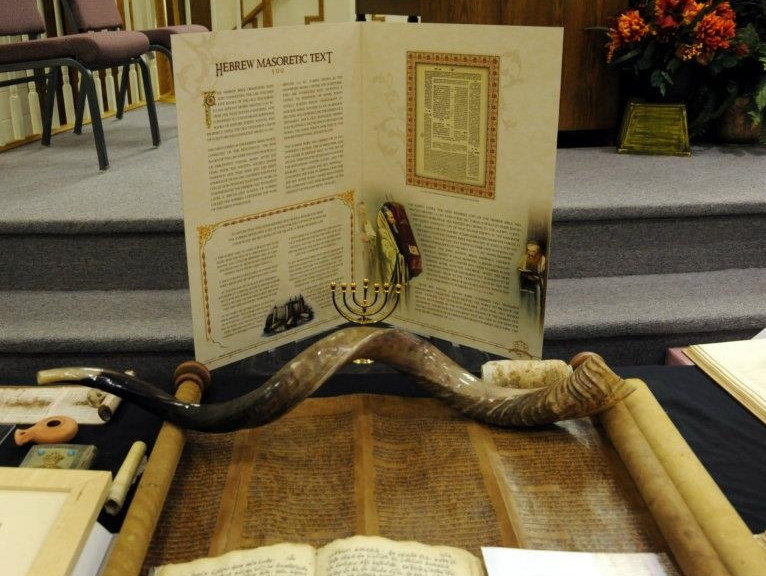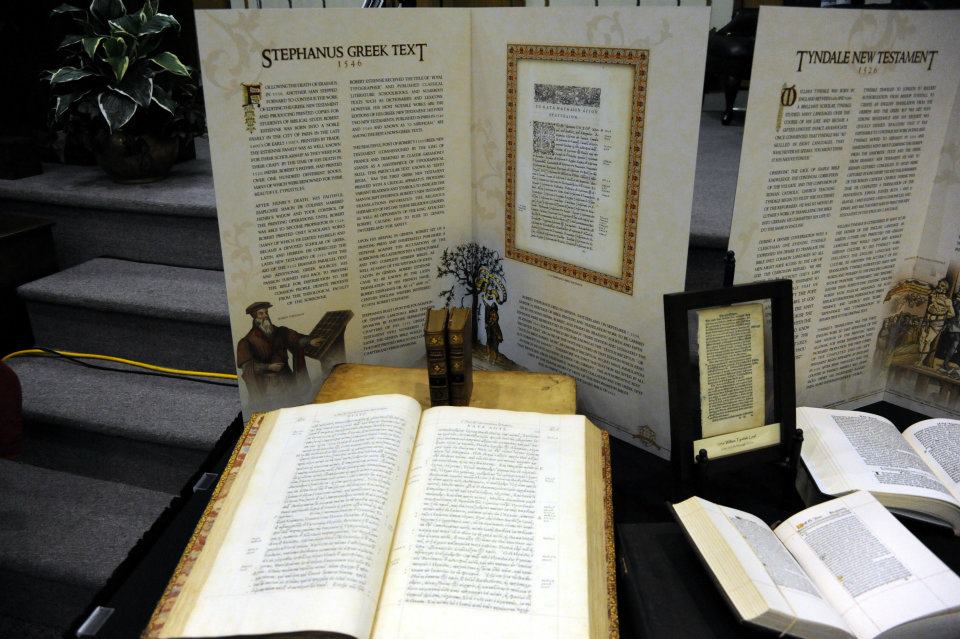EMBALM, to preserve the bodies of
the dead by astringent drugs and odori-
ferous spices, chiefly practised by the
Egyptians, Gen. 50:2, 3, 26. Embalming
among the wealthy was effected thus :--
The dissector, having made an incision
in the side, drew out the intestines,
except the heart and kidneys, and the
brain was drawn through the nostrils
with a hooked iron. The body was then
washed with palm-wine, anointed with
oil of cedar, and filled with drugs and
spices for thirty days, by which means
it was preserved from putrefaction, and
without losing its hair: it was then laid
in salt for forty days; and, being taken
out, it was washed, wrapped round with
cloth bandages, sometimes of above 1000
yards, dipped in myrrh, and rubbed with
a gum peculiar to Egypt, when it was
restored to the family, who placed it in
a coffin made suitable to the rank and
condition of the dead person, a figure of
the deceased being carved on the out-
side, with corresponding embellishments
and paintings. The cost of embalming
was according to the manner in which
it was done; the most expensive mode
was about £300; some cost only about
£100: but the ordinary custom with the
poor was the injection of an astringent
liquor into the body, and laying it in
nitre for seventy days, which was done
at a comparatively small expense. Mum-
mies, as these preserved bodies are
called, have been kept for a long period;
and several brought from Egypt, that
have been recently opened in England
and France, are supposed to have been
more than 2000 years old! Jacob and
Joseph are believed to have been thus
embalmed, Gen. 50:2, 26. King Asa
appears to have been embalmed, 2 Chron.
16:13, 14; and preparations were made
for an expensive embalming of the body
of Christ, Mark 16:1; John 19:39.
Our engraving will convey a correct idea
of the mode of embalming in Egypt, and
the figures will be found good resem-
blances of cased mummies, many of which
are to be seen in the British Museum.



